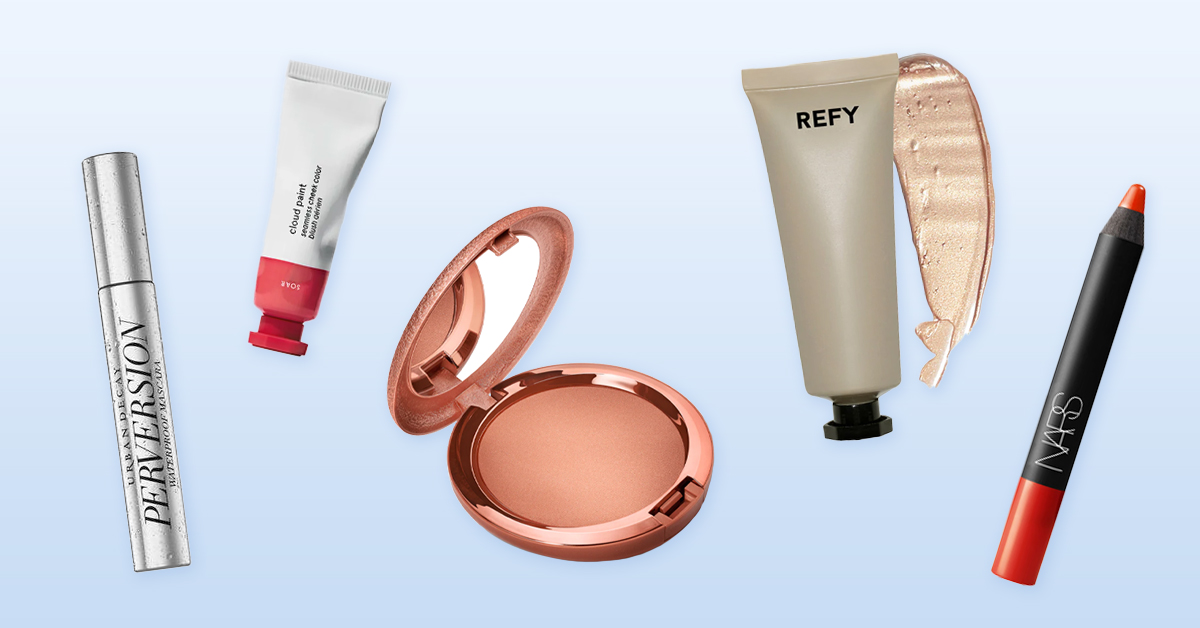The differences between tampons and menstrual cups
Let’s face it: Periods are unpleasant. Many women opt for tampons, but their use has its issues. The downsides of tampons include:
1. Cotton, rayon, plastics, and additives
Government regulations don’t require manufacturers to disclose the material in their tampons. What’s more, the bleach used to whiten tampons creates harmful chemical byproducts.
2. Too much absorption
An ecosystem in itself, your vagina keeps itself healthy and balanced. When you menstruate, your vagina continues to make fluids and beneficial bacteria that keep it healthy. Because tampons absorb these along with menstrual fluids. Your vagina gets dried out and bad bacteria get trapped. Tampons can hinder your vagina’s ability to regulate and clean itself. And this can lead to irritation and infection.
3. Fibers left behind
Bits of a tampon may stay trapped inside of you after you’ve removed the tampon itself. These bits create perfect breeding conditions for bacteria.
4. Toxic shock syndrome
A fatal condition that has been linked to tampon use, toxic shock syndrome can happen if a tampon absorbs too much moisture. It may also happen if you leave a tampon in too long.
5. Environmental damage
Most tampons end up in landfills. In fact, an average of 30 pieces of trash related to feminine hygiene are found on each kilometer of beach. Their manufacturing also creates harmful byproducts.
6. Expense
Most women spend over $3,000 on tampons in a lifetime. Think of all the money you can save using alternatives.
Goodbye tampons, hello menstrual cup!
The message is clear: Menstrual cups — also known as diva cups and moon cups — present a great, sustainable alternative to tampons. Small, flexible, and made of silicone, they catch and collect your menstrual fluids rather than absorbing them.
Here are nine great benefits of a menstrual cup:
1. Harmony with your vagina’s ecosystem
Tampons absorb over 30 percent of natural moisture; menstrual cups don’t. With one, you’ll be less prone to irritation and infection.
2. No fibers left behind
With no bits remaining in your vagina, your risk of infection goes down.
3. No danger of toxic shock syndrome
Use of a diva cup carries with it no risk of this deadly complication, which comes with tampon use.
4. No artificial material
The potentially cancer-causing materials used in making tampons are absent from diva cups.
5. Gentle on sensitive skin
You can use menstrual cups even if you have sensitive skin, thrush, eczema, or allergies.
6. Hypoallergenic
Menstrual cups are made from special medical-grade silicone. This makes them safe for use.
7. No interference with your vagina’s natural functions
A menstrual cup’s smooth surface allows mucus membranes to cleanse and protect your vagina.
8. Environmentally friendly
Tampons and their packaging end up in landfills. A menstrual cup you can use over and over. With proper care, your menstrual cup should last for several years.
9. Savings
Most women spend about 10 dollars a month on their personal hygiene needs. A one-time expense, a menstrual cup can last years.
Reach for the cup
The message is clear: menstrual cups are far better than tampons. Now you’re probably wondering how to use one. Its insertion might sound intimidating and messy but, it’s simpler and cleaner than it sounds. Here’s how to do it:
- Position yourself either sitting, standing, squatting, or kneeling — whatever feels most comfortable
- Press together the sides of the cup, folding it in half.
- Hold the folded sides firmly together between your thumb and forefinger of one hand. You should ensure the single curved edge is away from your palm.
- Relax, and with your free hand separate your labia and push the curved edge of the folded menstrual cup up into your vagina.
- Insert the menstrual cup completely, following the natural angle of your vagina. Aim for the small of your back rather than the top of your head. You don’t need to push it high; your vaginal muscles will hold it in place.
- Once you have inserted the menstrual cup, grasp its base rather than its stem. Rotate it once to ensure it hasn’t unfolded.
A clean cup for a smooth period
Wash your menstrual cup with soap and hot water after each use. To remove it, pull gently on its stem until you reach the base. Continue to pinch the base to release the seal and pull down to remove it. Empty its contents in a toilet. Wash the menstrual cup and reinsert. Most women empty their menstrual cups twice a day — once in the morning and once in the evening.
References
- “Goodbye, Tampons: Why Menstrual Cups May Be the Future of Period Care,” Racked, April 2, 2015.
- “Menstrual Cup — 9 Reasons Why It’s Better Than Tampons,” bellybelly, June 16, 2016.
- “Tampons, Pads or Menstrual Cups? What’s Right for You?,” Healthy Women, [Date unknown].
- “Tired of Tampons? Here Are Pros and Cons of Menstrual Cups,” Cleveland Clinic Health Essentials, February 2, 2015.
















